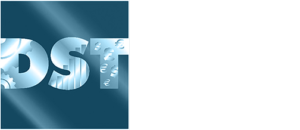Optimal decision-making lies at the core of good asset management. A structured, transparent, and consistent Framework for
asset management decisions involve people, process, governance, and proportionate use of decision-support tools and can…
Enable quantified cost/risk-based strategies and
demonstrably optimized asset management plans
Identify optimal timing for asset replacements.
Evaluate opportunities for asset life extension
Identify specific asset data needs and correct usage
Integrate optimal inspection, maintenance and
renewal strategies
for whole life cycle value.
Force the right
questions
to be asked.
Capture and
quantify
‘tacit knowledge’.
Bring together, in a structured way, technical,
financial and
other stakeholder interests.
Forecast expenditure and resource requirements
based on clear, risk-based business case justifications.
… Proves the value of timely intervention
… Quantifies the impact of delays or the wrong decision
… Builds ‘ownership’ in participants and commitment to the conclusions
… Identifies big improvements in cost, risk, performance and sustainability
… Identifies key dependencies and future information worth collecting
We would be happy to speak with you and learn how we can help you and your business.

Registered Office:
19 Prince Henry House, Kingsclere Business Park,
Kingsclere, Hampshire. RG20 4SW. UK
| Cookie | Duration | Description |
|---|---|---|
| wp-wpml_current_language | session | No description available. |